Homeopathy is an alternative medicine system developed in the late 18th century by German physician Samuel Hahnemann.
It is based on the principle of “like cures like,” meaning that a substance that causes symptoms in a healthy person can be used to treat similar symptoms in a sick person.
Homeopthic remedies can be from the animal, vegetable, or mineral domains. Those symptoms that emanated when healthy people ingested a remedy over time are recorded in a Homeopathic Repertory and a Materia Medica.
In homeopathic practice, a diluted substance is used to treat the patient. The process involves repeatedly diluting the substance in water or alcohol and shaking it, known as “succussion.” This dilution process continues until you are beyond Avogadro’s Number and there is no longer any physical substance, but rather the “vibrational signal” of the substances.
Homeopathic practitioners believe the more the substance is diluted, the more powerful its healing potential becomes. They also think that the succussion process imparts an “energy” or “vibration” to the remedy, which helps to stimulate the body’s natural healing mechanisms.
Homeopathic remedies are used to treat a wide range of physical and mental symptoms, including common ailments such as colds, flu, headaches, and digestive problems. They are also used to treat more serious conditions such as cancer, allergies, and depression.
One of the critical differences between homeopathy and conventional medicine is that homeopathic remedies are individualized for each patient. A homeopathic practitioner will consider the patient’s overall health, lifestyle, and personality, as well as the specific symptom they are experiencing when selecting a remedy. This contrasts with conventional medicine, where a standard treatment is typically prescribed for a particular condition.
Classical vs. Non Classical Homeopathy
Classical homeopathy as practiced by Dr. Hahnemann is based on finding the one remedy that best matches the symptoms of the presenting patient, be it for an acute or chronic condition. When a person develops symptoms it is in response to their “vital force” being effected and different people will manifest different symptoms. For example, two children come down with a fever and a sore throat.;a throat culture is taken and they both have ‘strep’ . In Western medicine an antibiotic would be given to both children. A homeopathic approach is quite different. One of the children has a dry fever, is thirsty for cold drinks, is flushed and wants to be left alone; the other is perspiring, is not thirsty, is pale, and wants to be held. Looking into a homeopathic repertory, where symptoms have been recorded of provings, a homeopath will match the presenting symptoms with the symptoms developed during provings. This will lead to each child receiving different, individualized remedies to help their systems return to homeostasis so that the “strep” returns to the normal state at which they are always present.
Non classical homeopathy is combining various remedies into a single remedy. An advantage of combination remedies is they contain various remedies known to help certain conditions, for example the symptoms of the flu.If someone is not knowledgeable in homeopathy, although it is a “shotgun” approach, combination remedies are often helpful in relief of acute symptoms. In our office we find certain mixed homeopathics very helpful in detoxification.
‘Learn More: Read The Power of Oneness: Homeopathic Patient Stories,
Read More: You Look Like An Egg To Me
Watch Video: Lyme Disease Part 4- treating with Homeopthy, Botanicals


